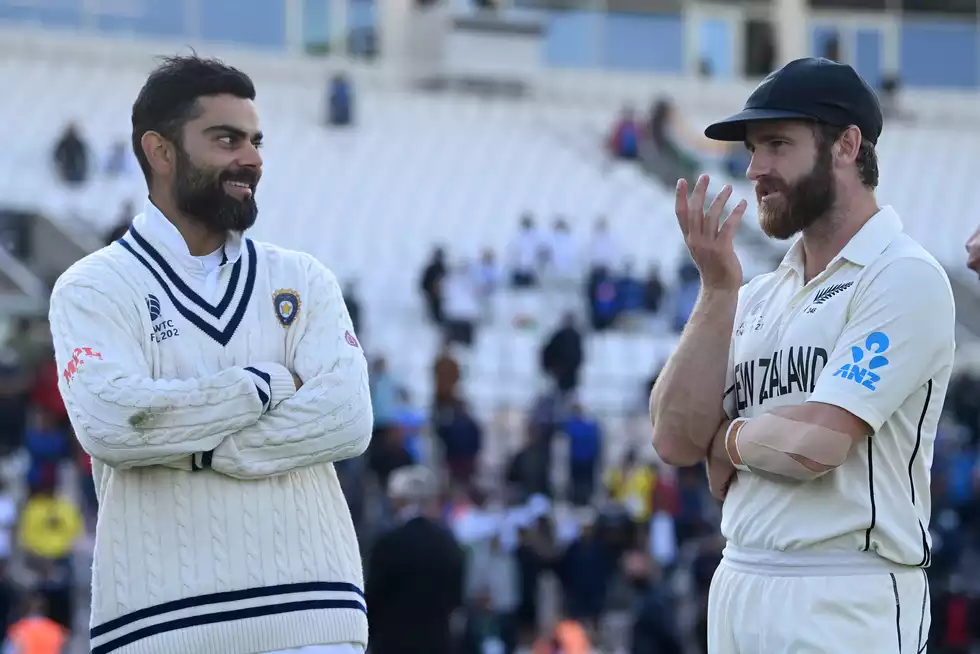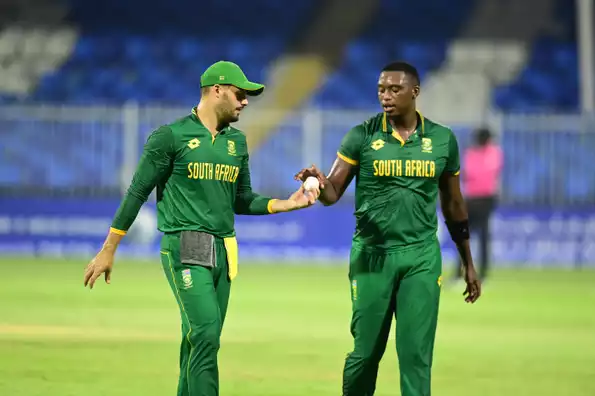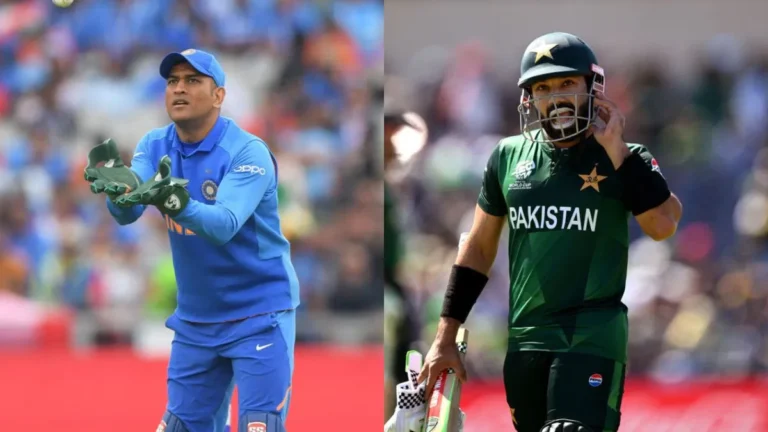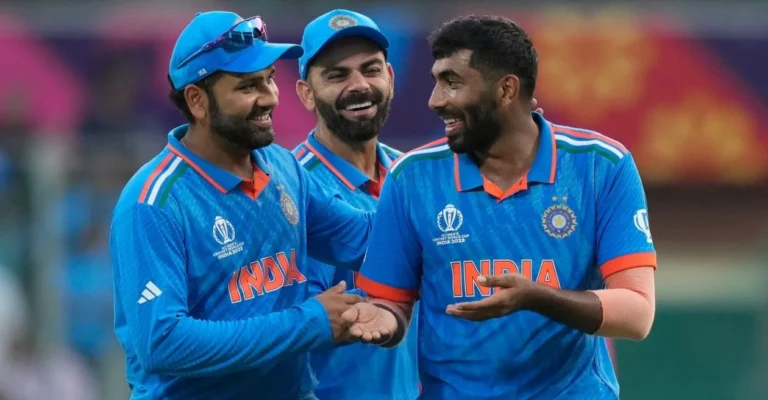Tom Latham steps into the role of New Zealand’s full-time Test captain on their current tour of India, no longer just a stand-in leader but officially at the helm.
This marks a significant transition for Latham and the New Zealand Test squad, navigating a period of inconsistency and challenges.
The burden on Latham’s shoulders is heavier than before, as he assumes the role permanently amidst a backdrop of declining form and a team amid a necessary transition.
The leadership responsibility, once a temporary placeholder for Latham, now bears his name in capital letters.
New Zealand cricket has experienced significant changes since their momentous victory in the World Test Championship (WTC) final in 2021, where they triumphed over India.
That victory, guided by Kane Williamson and Ross Taylor, marked a high point for the Black Caps. However, the following years have seen the two teams take divergent paths.
While India has continued to excel in Test cricket, adapting smoothly to transition phases and introducing new talents to fill the gaps left by senior players, New Zealand’s journey has been more tumultuous.
Since that WTC final, India has shown remarkable consistency, winning 18 of their 30 Test matches and retaining their stronghold at the top of the rankings.
They have managed to phase out veterans like Ishant Sharma and Umesh Yadav with a significant dip in their overall performance.
Shubman Gill, Sarfaraz Khan, and Dhruv Jurel have stepped up to carry India forward, while key players like Ravindra Jadeja and Rishabh Pant continue to contribute meaningfully.
India’s bowling depth has remained intact despite injuries, with new talents like Akash Deep stepping up to fill the gaps left by seniors like Mohammed Shami.
In contrast, New Zealand has struggled with injuries and retirements, losing key players like Kyle Jamieson, who has only managed to play 11 of New Zealand’s 23 Tests since the WTC final.
Their batting talisman, Kane Williamson, has missed several crucial matches, while fast bowling stalwarts like Trent Boult and Neil Wagner have either retired or been sidelined due to injury.
With Latham and Tim Southee being two of the few consistent members of the team, New Zealand has needed help to match the consistency of teams like India.
The numbers tell a clear story: New Zealand has won only eight of their 23 Tests since the WTC triumph, while India has maintained their status as one of the top sides.
The Kiwis have been plagued by inconsistency, and as they now face India on their home soil, they are acutely aware of the challenges ahead.
Touring India is notoriously difficult for visiting teams, as the subcontinent conditions are unforgiving for those unfamiliar.
For Latham, this tour to India is an opportunity to turn the tide for his team. However, with the squad further along in its transition phase and young players like William O’Rourke being thrust into challenging roles, exceptional leadership and performance will be required to mount a challenge.
The conditions in India will test New Zealand’s resolve. Latham’s leadership will be scrutinized as he aims to steer his team through one of the most difficult tours in international cricket.
Ultimately, New Zealand’s current situation under Latham reflects the broader reality of transition periods in Test cricket.
As the team works to rebuild and find consistency, Latham must find a way to inspire his squad to compete at the highest level in one of the toughest cricketing environments.
The coming fortnight in India will test his leadership and shape New Zealand cricket’s immediate future.



